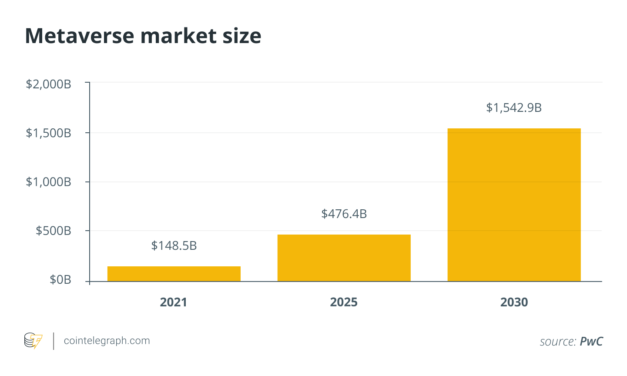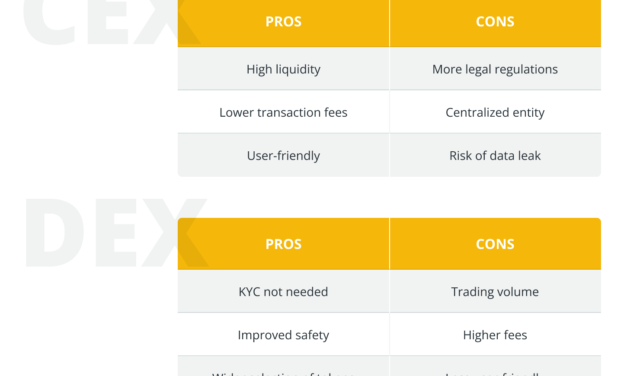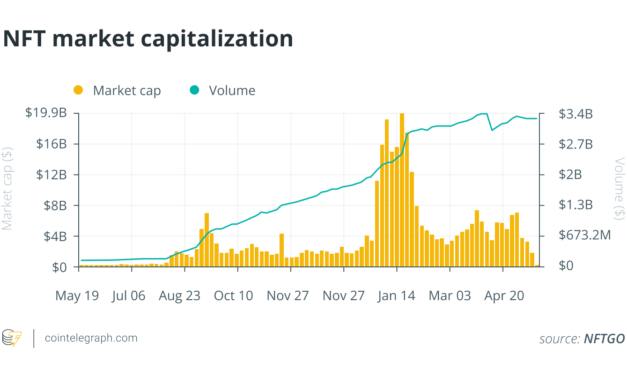Michael Saylor got wrecked, but Bitcoin investors needn't panic
As cryptocurrency investors know, the market moves in cycles. We had the up-cycle when Bitcoin (BTC) and Ether (ETH) hit their all-time highs, and now the bears are back in town.One of them mauled MicroStrategy founder and executive chairman Michael Saylor this week. In this case, it was a very powerful bear — Washington, D.C. Attorney General Karl Racine — suing the Bitcoin evangelist for allegedly owing $25 million in unpaid taxes. MicroStrategy’s stock price has fallen more than 13% on the news, from $251 on Aug. 29 to less than $220 on Sept. 1.Still, now isn’t the time for investors to panic. It’s been roughly three months since the now-infamous crash of the Terraform ecosystem—which ended the greatest bull party known to man—and the sky still isn’t falling. The world isn’t ending, and blockchain is as immutable as ever.Does that mean industry leaders should stop viewing market downturns as existential threats to cryptocurrency as an enterprise? Perhaps not, considering $2 trillion in value was erased from cryptocurrency’s market capitalization after Terraform’s collapse. Such extreme market events can’t be dismissed as volatile swings that we should expect going forward. Not all the factors playing into them are healthy.Related: Crypto developers should work with the SEC to find common groundIf the previous downcycles bore the brand of things like the initial coin offering (ICO) scams of 2017-18 or the decentralized autonomous organization (DAO) hack of 2016, this one also has a story to tell. This time, it’s that over-reliance on leverage is not good for you. Companies that tried to go too far too fast ended up overextended and now face a moment of reckoning.Many cryptocurrency projects are inclined to rebuke traditional finance in favor of a new path forward. That mentality should be applauded. Platforms, including Celsius, introduced the prospect that lenders can earn high yields on loans without going through a bank as an intermediary. That idea won’t, and shouldn’t, go away.Nevertheless, snubbing the old ways doesn’t mean crypto companies can defy the laws of gravity. Failing to assess the risk of default and having a strategy in place for when that happens—because it will happen at some point—doesn’t count as innovation. That principle far beyond decentralized finance (DeFi) applies across the crypto industry. When hundreds of crypto projects added “metaverse” and related words to their messaging after Facebook rebranded as Meta, serious business people understood it was often another marketing ploy by unserious nonfungible token (NFT) projects looking to capitalize on the hype. Indeed, in January, OpenSea, the largest NFT marketplace in the industry, claimed that a whopping 80% of NFTs minted on its platform for free were fraud or spam.Related: Bored Ape prices are down, but the NFT market is headed for new heightsIn the early days of the ICO Wild West, we could accept some degree of this kind of mania as a normal, early-stage phase of new technology. But that can’t be the status quo going forward.Exchanges like OpenSea don’t have to become like Robinhood to thrive, but they have to employ the same mechanisms legitimate trading platforms use to prevent frauds from taking over. Again, the laws of gravity still apply to the Metaverse, NFT projects and platforms that offer their tokens for trading.OpenSea users, volume and transactions statistics. Source: DappRadarThat doesn’t put the sole burden on exchanges or minimize what I and others have written about regarding projects themselves bearing the burden of behaving responsibly. Having an actual product is necessary before launching yet another token sale devoid of purpose and a marketing campaign to go along with it.Indeed, memecoins might yet play a vital role in the industry. But projects that aren’t meant to be the next Dogecoin shouldn’t employ the marketing strategy of the Shiba Inus of the world. Some projects are doing this right, and they are the ones that have a serious shot at succeeding in the next bull run.Another hurdle the industry must overcome is crypto platforms launching purely to allow investors to trade for other digital currencies. We have plenty of those as it is. Projects that can find other ways of spending crypto will move the industry beyond speculation.Of course, even these projects must ground their innovative drives in realistic business plans. When we start seeing more of that, perhaps the grand crypto experiment can finally outgrow the fear of extinction every time a crash hits.The accusations against Saylor, one of Bitcoin’s biggest supporters and an icon among crypto enthusiasts, amid a bear market are a PR nightmare. But crypto investors aren’t going anywhere. It’s time for the projects that are better at product-building than marketing to capitalize on that.Ariel Shapira is a father, entrepreneur, speaker and cyclist and serves as the founder and CEO of Social-Wisdom, a consulting agency working with Israeli startups and helping them to establish connections with international markets.This article is for general information purposes and is not intended to be and should not be taken as legal or investment advice. The views, thoughts and opinions expressed here are the author’s alone and do not necessarily reflect or represent the views and opinions of Cointelegraph.
Čítaj viac






